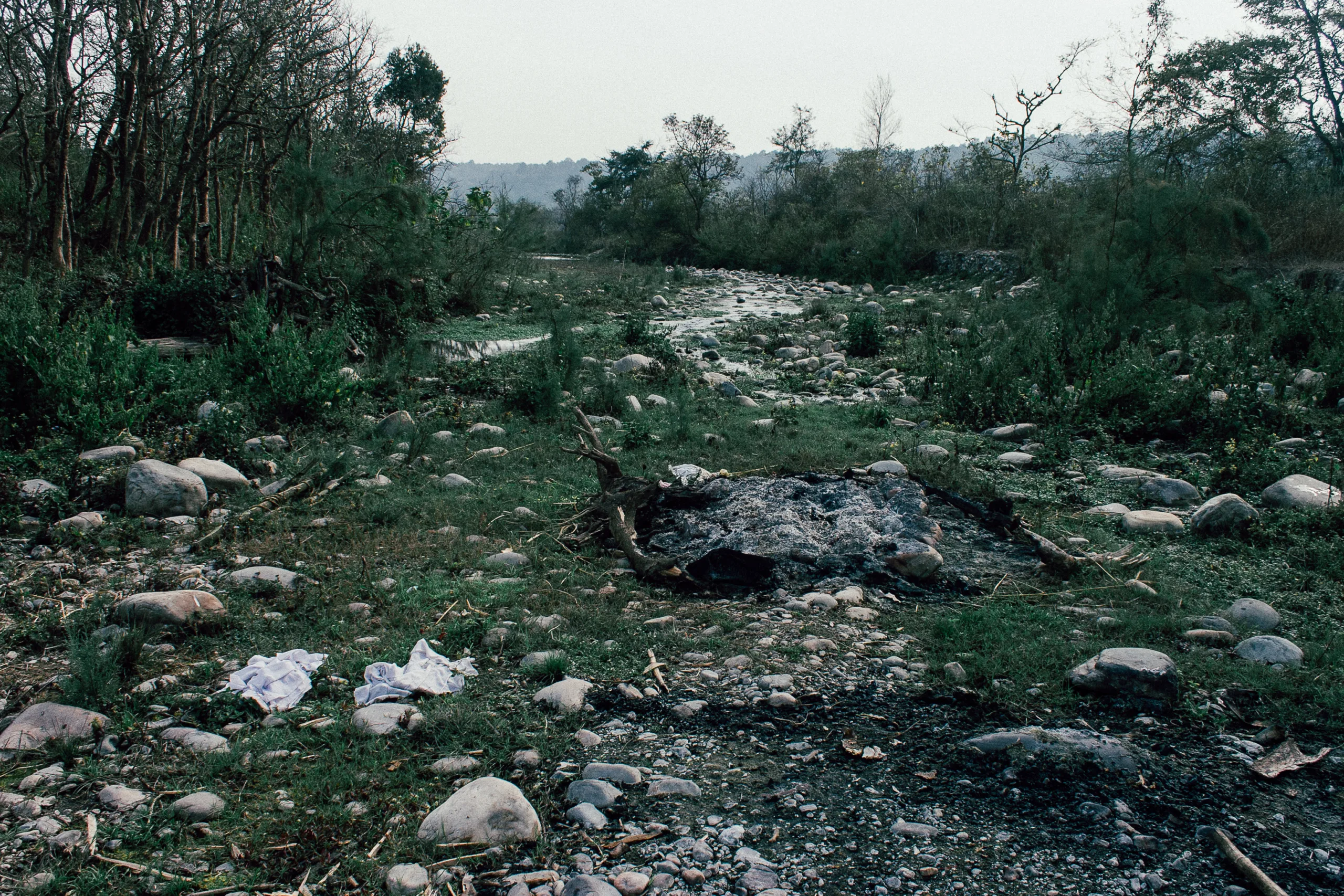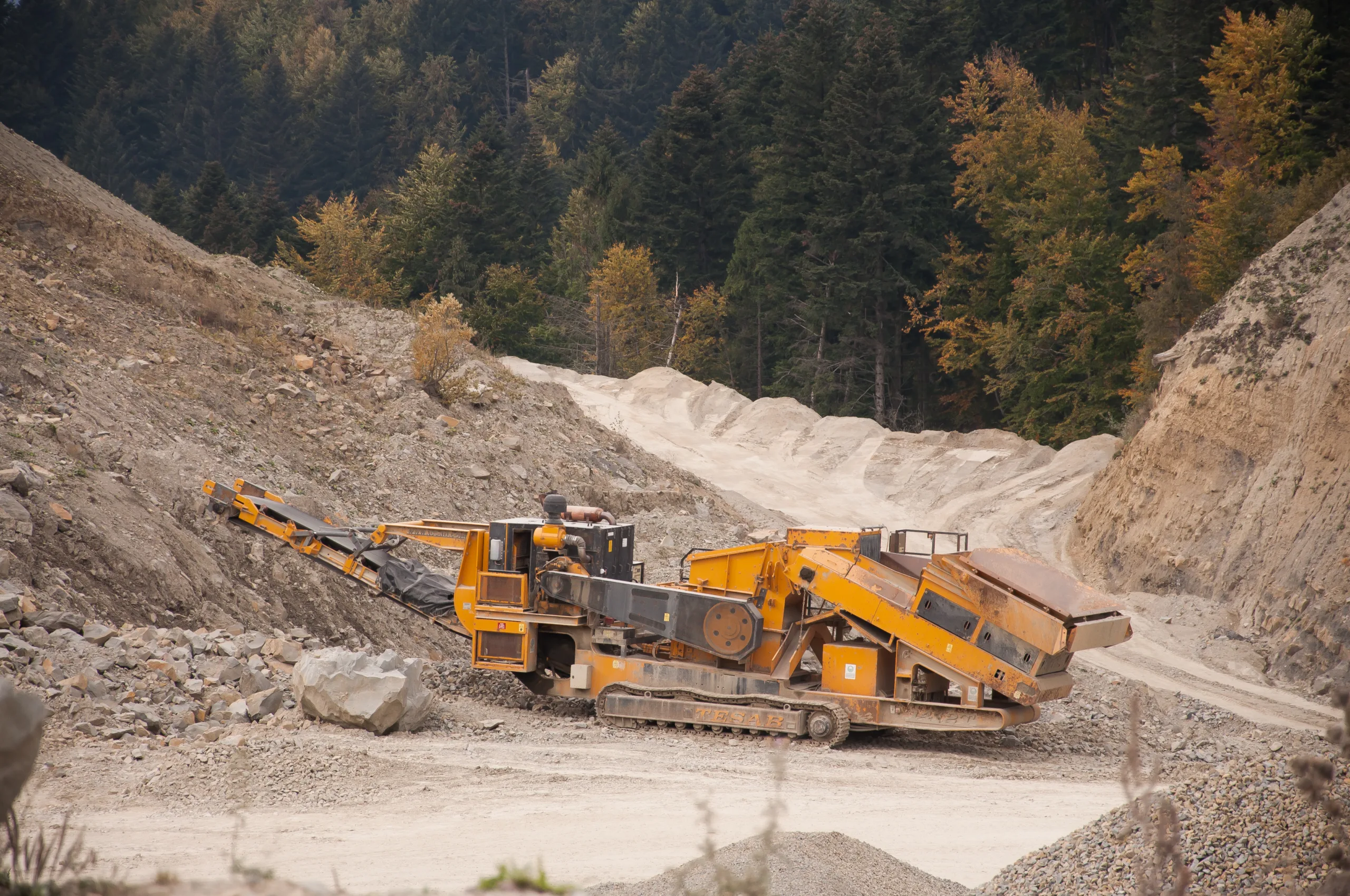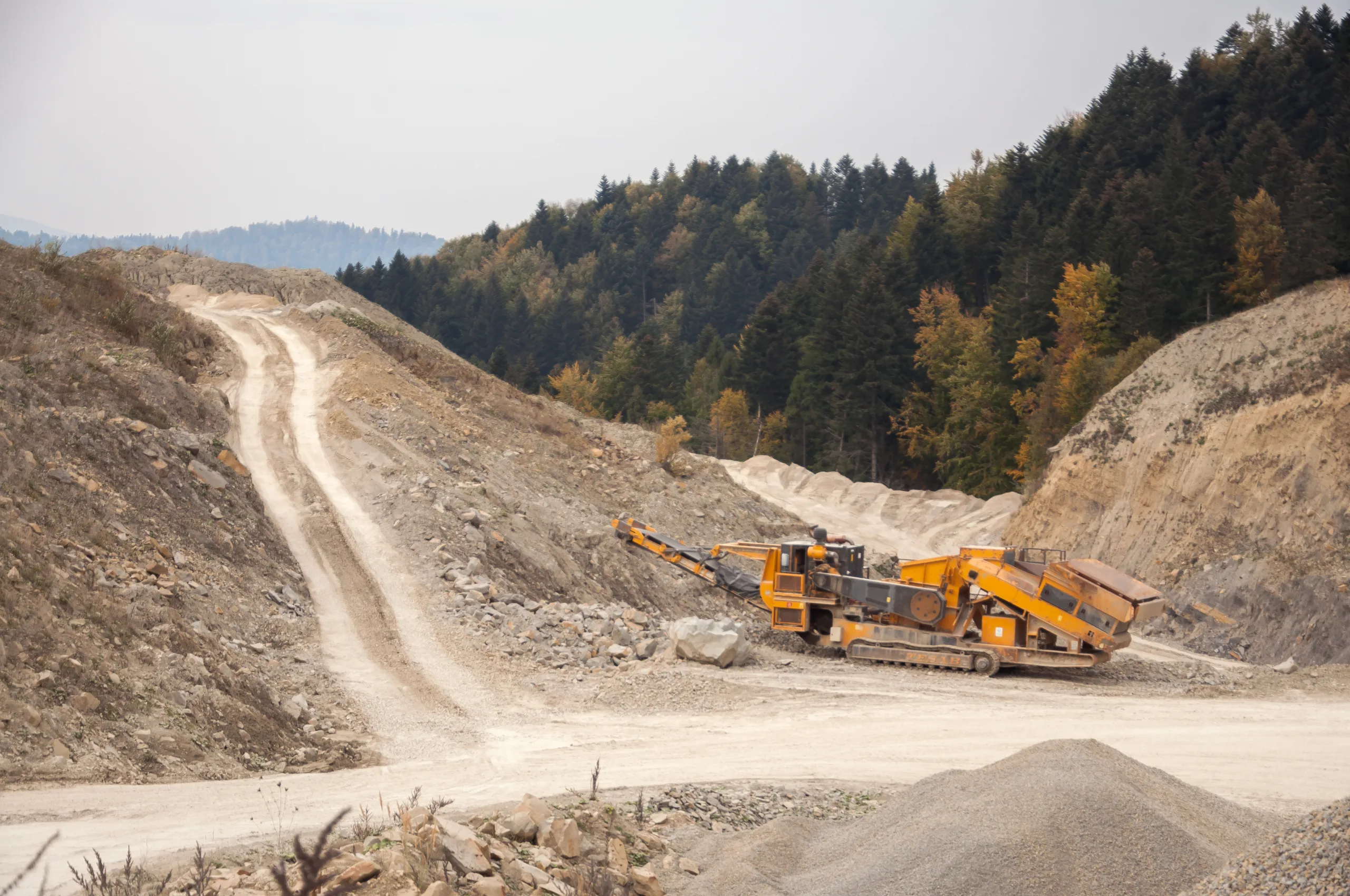Are you wondering if you can plant trees in rocky soil? Rocky soil can be difficult to cultivate and many gardeners are unsure if it is suitable for planting trees. Knowing what types of trees will thrive in rocky soil and how to prepare the soil is essential to successfully planting and growing healthy trees. In this article, we will discuss how to determine if your soil is suitable for planting trees, which species of trees are best suited for rocky soil, and tips on how to prepare rocky soil for tree planting.
Rocky soil is a type of soil that contains a high amount of rocks and stones, making it difficult for plants to grow.
Advantages of Planting Trees in Rocky Soil
Planting trees in rocky soil can be a great way to add greenery and beauty to any landscape. Rocky soil can provide many advantages that regular soil cannot, such as better drainage, improved aeration, and increased water retention. Trees planted in rocky soil are also more resistant to drought and pests. In addition, they often require less maintenance than trees planted in regular soil. These advantages make planting trees in rocky soil a great choice for any landscape design.
One of the most obvious advantages of planting trees in rocky soil is that they are highly resistant to drought. Since the rocks absorb the moisture from the surrounding environment, the roots of the tree can access this moisture and use it during dry periods. This means that trees planted in rocky soil are less likely to suffer during periods of extended dryness than those planted in regular soil. Additionally, since rocks hold heat much better than regular soil, it can act as an insulator for tree roots during cold winters.
Another advantage of planting trees in rocky soil is that it is more resistant to pests and diseases than regular soil. Rocky soils can provide a physical barrier against pests such as grubs and mites that like to tunnel through soft soils looking for food sources. In addition, many plant diseases will not survive the harsh conditions found in rocky soils because they cannot penetrate the rocks or find enough organic matter to feed on. This makes planting trees in rocky soils less susceptible to infestations and disease.
Finally, planting trees in rocky soils often requires less maintenance than those planted in regular soils. Since rocks don’t decompose as quickly as organic matter, they don’t need to be replaced as often. This means that you won’t have to worry about constantly adding new topsoil or fertilizing your trees every year. Additionally, since rocks hold moisture better than regular soils, you won’t have to worry about watering your plants as often either.
In conclusion, planting trees in rocky soils can provide many advantages over regular soils including improved drainage, increased water retention, pest resistance, and less maintenance requirements. These benefits make planting trees in rocky soils a great choice for any landscaping project or garden design plan.
The Challenges of Planting Trees in Rocky Soil
Planting trees in rocky soil can be a difficult and challenging task. Rocky soil can be hard to work with, and it may be difficult to find suitable trees that can grow in these conditions. The soil may also lack essential nutrients and minerals, making it difficult for trees to thrive. Additionally, rocky soil can be extremely dry and prone to water run-off, making it difficult for trees to get the moisture they need to survive. Furthermore, rocky soil can often contain sharp rocks that can damage tree roots or interfere with their growth. Finally, planting trees in rocky soil is often labor-intensive and requires specialized tools and techniques to ensure successful planting.
To successfully plant trees in rocky soil, several steps should be taken. First, the area should be thoroughly assessed for any potential hazards or problems that could interfere with tree growth. This includes checking the soil composition and drainage patterns as well as looking for rocks or sharp edges that could damage roots or interfere with tree growth. Second, the right type of tree should be chosen based on its ability to thrive in rocky conditions. Third, the area should be prepared by removing any large rocks or debris that could disrupt tree growth. Finally, proper planting techniques should be employed such as digging larger holes than normal and using mulch or compost to help retain moisture.
Overall, planting trees in rocky soil requires careful preparation and consideration of potential challenges. With proper planning and preparation, however, it is possible to successfully plant trees even in the most challenging conditions.
Selecting Right Tree Species to Plant in Rocky Soil
When selecting the right species of trees to plant in rocky soil, it is important to consider the environment and climate of the area. Rocky soil is usually found in areas with limited moisture and can be difficult for trees to grow in. Different tree species have different needs when it comes to soil type and moisture levels, so it is important to select a tree species that will be able to thrive in a rocky soil environment.
When selecting a tree species for rocky soil, consider the local climate and environmental conditions. Trees that are native to the area are more likely to survive and thrive than those that are not native. Also, look for trees that are drought-tolerant and can survive with less water than other tree species. Trees with deep root systems can also help hold onto moisture better than shallow-rooted trees.
Some tree species are better suited for rocky soils than others. For example, pine or fir trees do well in dry, rocky environments because their root systems spread out widely and they tend to have less need for additional water or nutrients from the soil. Other suitable species include juniper, oak, maple, birch and cedar.
When selecting a tree species for rocky soil, it is important to keep in mind the size of the tree at maturity. If the space available is limited, then choose a smaller variety of tree such as juniper or cedar which will not outgrow their space over time. In addition, consider if any maintenance work may be required once the tree has been planted such as pruning or fertilizing.
It is also important to make sure that you choose a healthy specimen when selecting a tree for rocky soil conditions as any damaged or diseased trees will likely not survive long-term in this environment. Planting multiple specimens of one type of tree may also increase its chances of survival as this will create a more diverse habitat which can help protect against disease or pests attacking all plants at once. Overall, careful consideration should be made when selecting a suitable tree species for planting in rocky soils as some species may not be suitable for this type of environment due to their specific needs and requirements for growth and survival.
Preparing Rocky Soil for Planting Trees
Preparing rocky soil for planting trees can be a challenge as the soil is often hard, difficult to dig and unsuitable for growing many types of plants. Fortunately, there are some steps you can take to make rocky soil more amenable for planting trees. By following these steps, you can ensure that your tree has the best chance of success.
The first step in preparing rocky soil is to break up large chunks of rock with a pickaxe or other tool. This will help to break down the hard pieces of rock and make it easier to dig into the soil. Once the large chunks of rock have been broken down, use a shovel or spade to turn over the soil and mix in some compost or other organic matter. This will help to loosen up the soil and provide essential nutrients for the tree’s root system.
Next, add a layer of mulch around the base of the tree. Mulch helps retain moisture and keeps weeds from taking over your garden bed. Be sure to use organic mulch like wood chips or bark that will decompose over time and provide additional nutrients to your plants.
Finally, regularly water your newly planted tree during its first year in order to give it a strong start. Watering at least once per week should be enough during this period but be sure not to over water as this can cause root rot in trees as well as other plants.
By following these steps, you can help ensure that your tree has the best chance at success when planted in rocky soil. With proper care and preparation, you can enjoy many years of beautiful trees in your garden bed!

Step 1: Remove Debris
The first step to planting trees in rocky soil is to remove any debris from the area. This includes rocks, stones, roots and other materials that could prevent the tree from taking root. Once all of the debris has been removed, it is important to prepare the soil for planting. This includes tilling the area and loosening up the soil. This will help ensure that the roots will be able to penetrate deep into the ground and find adequate nutrients.
Step 2: Add Compost or Fertilizer
Once the area has been tilled, it is important to add some compost or fertilizer to help nourish the tree’s roots. Adding compost or fertilizer helps increase the amount of nutrients available for growth and helps create a more hospitable environment for your tree’s roots. It is important not to over-fertilize as this can cause problems with growth and can even kill your tree.
Step 3: Plant Your Tree
Once you have prepped your area and added compost or fertilizer, it is time to plant your tree. When planting in rocky soil, it is important to make sure that you dig a hole that is twice as wide as the root ball of your tree. This will give your tree plenty of space to spread out its roots and take in water and nutrients from the surrounding soil. Once you have placed your tree in position, backfill with soil, lightly tamp down around it, then water well.
Step 4: Mulch
Finally, once you have planted your tree it is important to add a layer of mulch around its base. Mulch helps retain moisture in rocky soils by reducing evaporation from direct sunlight while also helping insulate against temperature fluctuations during cold winter months. It also helps reduce weed growth which can compete with young trees for vital resources such as water and nutrients.
Following these steps should help ensure successful planting of trees in rocky soil conditions so that they can thrive for many years to come!
Aftercare for Trees Planted in Rocky Soil
Tree planting in rocky soil can be a challenge, but with the right care and attention, trees can thrive even in rocky conditions. After planting a tree in rocky soil, it is important to provide the tree with proper aftercare to ensure its health and longevity. Aftercare for trees planted in rocky soil should include regular watering, mulching, fertilizing, pruning, and protecting from pests.
When watering a tree planted in rocky soil, it is important to water deeply and thoroughly. Rocky soils tend to be dry and compacted so water needs to penetrate deeper into the soil. Frequent deep watering will encourage the roots of the tree to grow deeper into the soil and make them less susceptible to drought stress. Additionally, adding organic matter like compost or manure around the base of the tree will help improve water retention in rocky soils.
Mulching around a newly planted tree will also help keep its roots moist during dry spells. Mulch helps suppress weeds that compete with trees for water and nutrients and provides additional insulation against fluctuations in temperature. Apply mulch at least four inches thick from the trunk of the tree outwards; avoid piling mulch directly up against the trunk as this can cause rot or insect infestation.
Fertilizing a newly planted tree is also essential for its health and development. Fertilizer should be applied twice a year; once during spring when new leaves are forming and again during summer when growth is most active. A slow-release fertilizer such as ammonium sulfate or urea should be used because this type of fertilizer will gradually release nutrients over time rather than all at once which can burn tree roots.
Pruning is another important part of aftercare for trees planted in rocky soil; it helps maintain shape and encourages healthy growth while removing dead branches which can harbor disease or pests. Prune during late winter or early spring before new growth starts while avoiding any drastic pruning that would reduce leaf area significantly as this can increase stress on the tree. Finally, protect your newly planted tree from pests that may feed on its foliage or bore into its trunk by using an insecticidal spray or bait traps around its base.
By providing regular watering, mulching, fertilizing, pruning and pest protection your newly planted tree should have everything it needs to thrive even in rocky soils!
Benefits of Planting Trees In Rocky Soil
Planting trees in rocky soil can be a challenging task, but it can also provide many benefits. Rocky soil is often found in locations with poor fertility or limited water availability. It is also common in arid or semi-arid environments where trees may not be able to survive in other soils. Planting trees in rocky soil can help to improve the environment and provide a number of other benefits.
One of the primary benefits of planting trees in rocky soil is that it helps to reduce erosion and protect the environment. Trees act as natural barriers, holding back soil and preventing it from eroding away. Trees are also effective at trapping pollutants and sediment, helping to keep rivers and streams clean. Additionally, planting trees can help to absorb pollutants which would otherwise enter the atmosphere and cause air pollution.
Planting trees in rocky soil can also help to improve water quality and availability. Tree roots are able to penetrate deep into the ground, helping to retain moisture and increase water absorption from the soil. This can help ensure a steady supply of water for plants, animals, and people living nearby. In addition, tree roots can aid in filtering out contaminants from water sources, helping to keep them safe for consumption.
Finally, planting trees in rocky soil can help create habitat for wildlife species that may not be able to survive elsewhere. Trees provide shade and shelter which some species need for protection from predators or extreme temperatures. They also provide food sources such as nuts and fruits as well as nesting sites for many species of birds and insects.
In conclusion, planting trees in rocky soil provides many important environmental benefits including erosion control, improved water quality, increased water availability, pollutant absorption, and wildlife habitat creation. As such, it is an important part of maintaining a healthy environment which supports both humans and wildlife alike.

Conclusion
Trees can be planted in rocky soil, but it is important to prepare the soil by adding organic matter and using proper planting techniques. To ensure that the trees can grow and thrive, it is necessary to provide enough water and nutrients to the plants. The rocks must also be broken up or removed in order to allow better drainage and root growth.
By following these steps, gardeners can successfully plant trees in rocky soil and enjoy a beautiful landscape with healthy trees for years to come.
Overall, planting trees in rocky soil is possible with the right preparation and care. With the right knowledge and effort, gardeners can have a stunning outdoor area with healthy trees growing in rocky soil.

My interest in trees started when I first saw the giant sequoias in Yosemite.
I was a teenager then, and I remember thinking, “I need to learn more about this.”
That moment stuck with me.
A few years later, I went on to study forestry at Michigan Tech.
Since graduating, I’ve worked in a mix of hands-on tree care and community education.
I’ve spent over ten years helping people understand how to plant, maintain, and protect the trees in their neighborhoods.
I don’t see trees as just part of the landscape.
They are living things that make a real difference in our daily lives.
